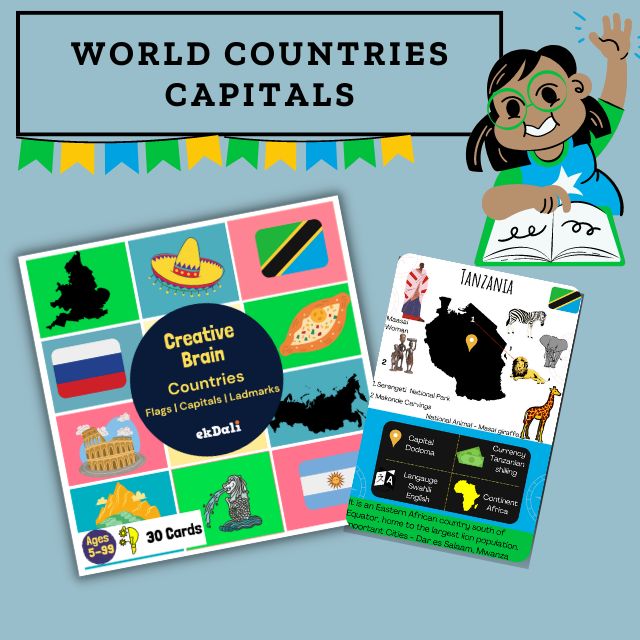Kindergartners must develop the crucial skill of understanding numbers. Since early childhood, children are exposed to and see a variety of mathematical concepts, including quantity comparison and pattern detection. When kids are of preschool age, you can start engaging and interactively teaching them numbers.
It's easy to teach numbers to young toddlers. Parents can encourage their children to associate numbers with daily activities. However, it won't be until they are around five years old that they really start to understand what numbers signify.
The following advice can assist you in teaching preschoolers about numbers:
1. Use rhymes with numbers to teach counting
Numbers can be learned by kindergarteners in a fun way by using rhymes and songs. Number rhymes and songs can be used to teach children about numbers in a fun way. Some examples include "10 Little Monkeys Jumping on the Bed," "This Old Man - He played One," "The Ants Are Marching One by One Hurrah," and others. As you sing along with your child, point out the numbers on your fingers to help the child understand how many fingers correspond to each number.
2. Include Numbers in Everyday Tasks
In daily tasks that your youngster completes with you, use numbers. Ask your youngster to assist in setting the table, for instance, and place one fork or two spoons with each plate. To help her associate numbers with quantity, you may also have her count some apples or peas. As she assists you in putting away the toys after playing, you could also teach her to count her toys.
3. Engage children in a group of number games.
When children play with one another, they learn more effectively. You can motivate the group by fostering some constructive rivalry within it. Get them to take turns counting numerals while they are seated in a circle.
4. List numbers and instruct the child to draw the corresponding amount.
Give your child a drawing book, fill it with numbers, and ask them to create something that represents that number. Write 3, for instance, and ask her to depict three flowers. You may instruct the kid to draw four ice cream cones for the number 4. Drawing multiple examples of an item and asking your youngster to count them and tell you the number is another alternative to doing this.
5. Draw Attention to Numbers on Signs and Vehicles
You may assist your youngster in recognizing numbers by sight by pointing out numbers on billboards or moving automobiles when you are out and about with her. This will come in handy when your child starts writing numbers down in the future.
6. Use Connect-the-Dots to teach children the order of numbers
Children learn the numerical order with this game. Make a shape out of numbered dots on a chalkboard. Next, assist your youngster in drawing that shape by helping them connect the dots. To help your child draw an octagon, for instance, you could use 8 dots to create the design. You can also purchase books of connect-the-dots, which feature a variety of drawings with numbered dots around them. To create the shape, these dots must be successively joined. To make the game more enjoyable, let your youngster colour the shape once it has been drawn.
7. Count your toes and fingers.
Preschoolers can learn about numbers by counting their fingers and toes. You may ask them to compare the number of fingers on each hand after having them count the fingers on each hand. You can also inquire about their number of large toes or little fingers.
8. Make Use Number Posters.
We recommend that the parent and child should spend some time daily with the poster to start recognising number patterns. You can use the poster to teach kids how to recognise the numerals. The next step can be to spend some time learning the number names.
Children are quick learners, and they can grasp concepts with ease. Introducing numbers to kindergartners in a fun way will help them understand numbers easily. Pre-schoolers tend to memorise numbers. However, they will gradually begin to understand what the numbers mean when you relate the quantity of everyday objects to the numbers. Each child is unique and learns at her own pace. Therefore, it is advisable to avoid comparing the learning abilities of different children.
























